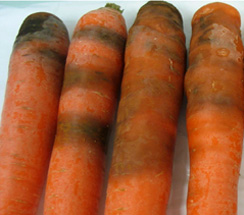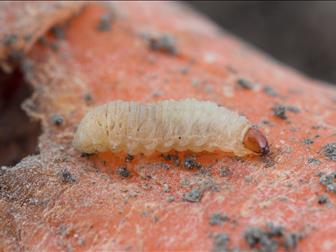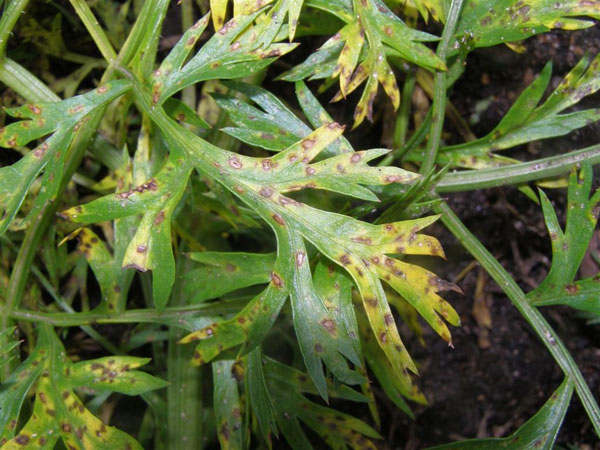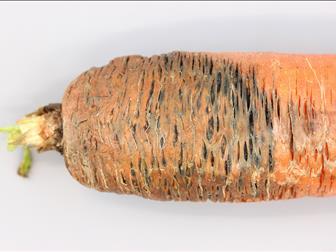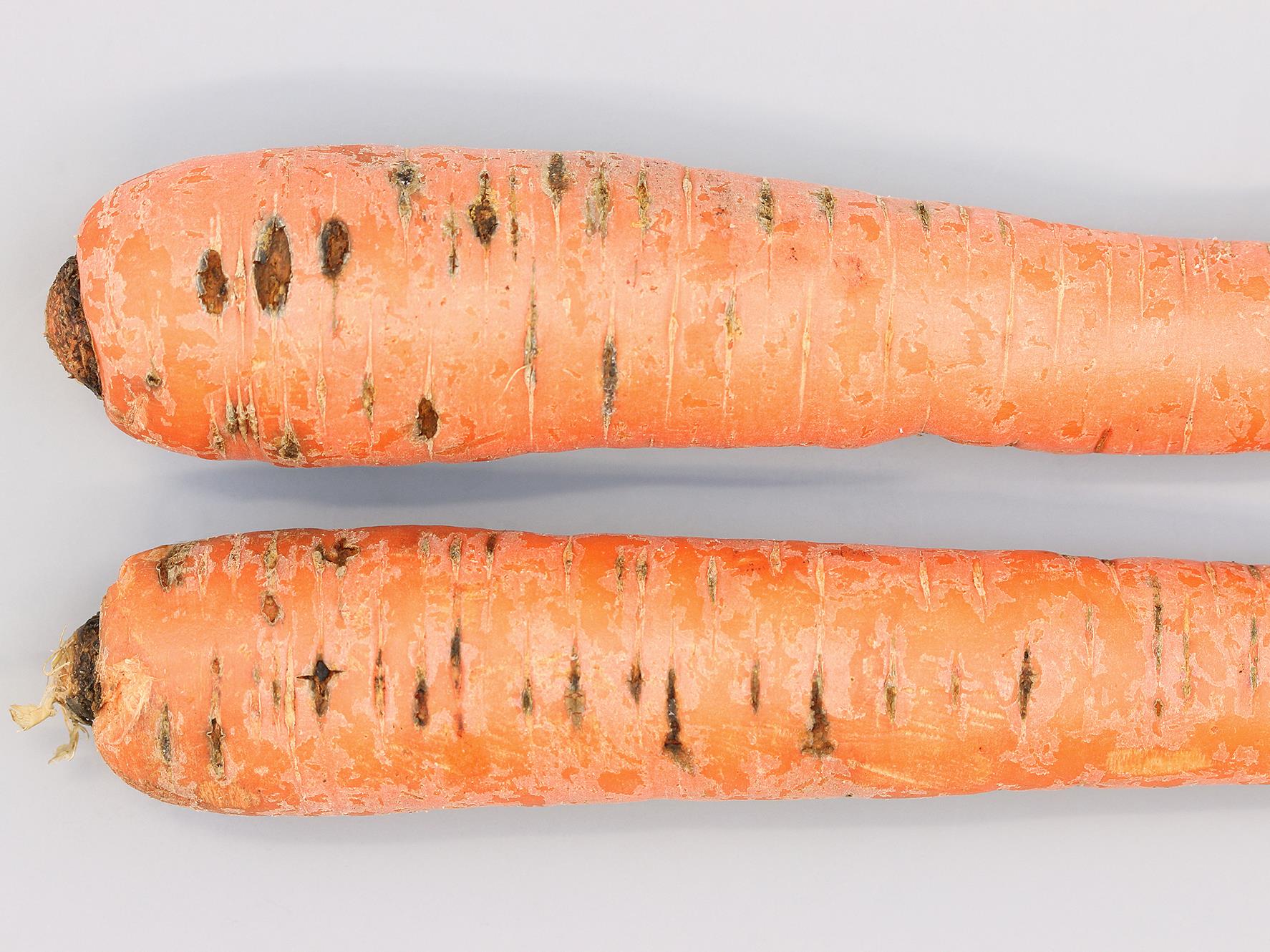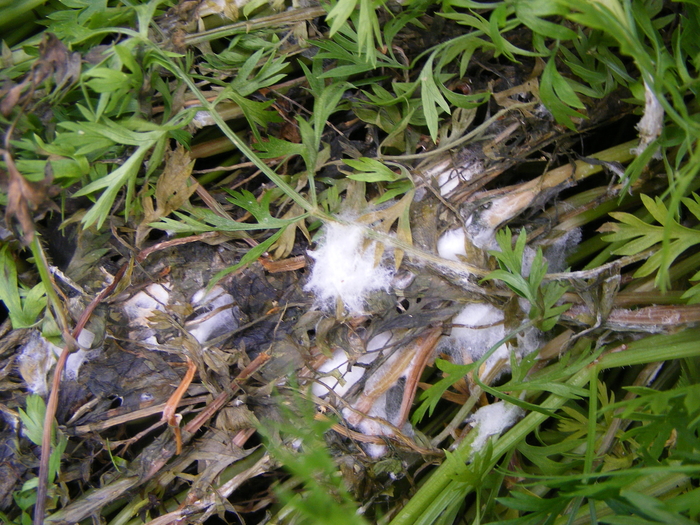
Zanahoria
How to recognize and combat gray worm or cutworm in carrots
Gray Worm Or Cutworm
Insect
Type:
Risk to the plant:
HIGH
Agrotis Sp.
Pathogen:
Orugas o gusanos

WHO CAUSES IT?
The pathogen Agrotis sp., commonly known as gray worm or cutworm, is a larva belonging to the Noctuidae family. This insect has a biological cycle that includes several stages: egg, larva, pupa and adult. Adults are nocturnal moths that mate and lay their eggs in the soil or near the base of plants. The larvae emerge from the eggs and begin feeding on the roots and stems of young plants. These larvae go through several larval stages, during which they grow and shed their skin several times. Once they have reached full development, they burrow into the ground to pupate. The pupal phase lasts several weeks, after which the adult emerges, thus completing its cycle.
SYMPTOMS
The disease caused by the gray worm or cutworm in carrots is highly destructive, since the larvae feed on the roots and tender stems, causing significant damage to young plants. General symptoms include weakening of plants, wilting and, in severe cases, death of affected plants. In addition, holes are observed at the base of the stems and bitten roots. These damages not only affect plant growth, but also facilitate the entry of other secondary pathogens.
- Weakened plants
- Wilting
- Death of young plants
- Holes at the base of the stems
- Bitten roots
%20University%20of%20Warwick.JPG)

DEVELOPMENT CONDITIONS
Temperature:
20°C - 30°C
Humidity:
60% - 80%
HOW IS IT SPREAD?
Soil dispersal, Movement of infested plants, Wind, Human activities, Animals, Contaminated plant material
HOW TO ELIMINATE IT?
Home treatments
Natural allies
Chemical treatments
RECOMMENDED PRODUCTS TO ELIMINATE THE PEST
REPELLENT PLANTS
Wormwood (Artemisia), Basil, Tansy, Rosemary
RECOMMENDATIONS
- Check your plants frequently, especially the underside of the leaves.
- Remove the caterpillars by hand if they are few and put them away from your crops.
- Use nets or mesh to prevent butterflies from laying eggs.
- Plant flowers that attract allied insects such as ladybugs or small wasps that feed on caterpillars.
- Place traps with pheromones to capture the adults.
- Apply natural products such as Bacillus thuringiensis (Bt), which is safe for people and animals.
- If you use insecticides, always follow the instructions on the container and do not apply them during hours of strong sun.




